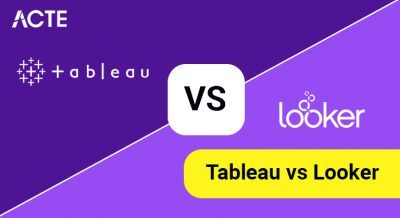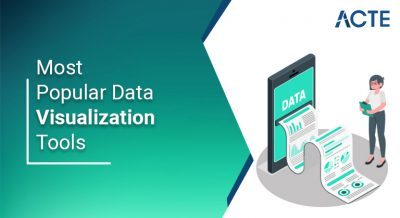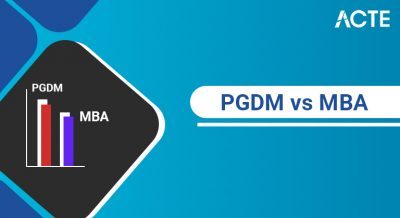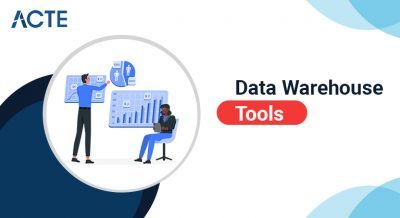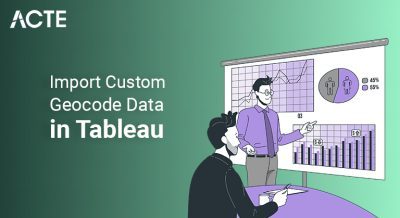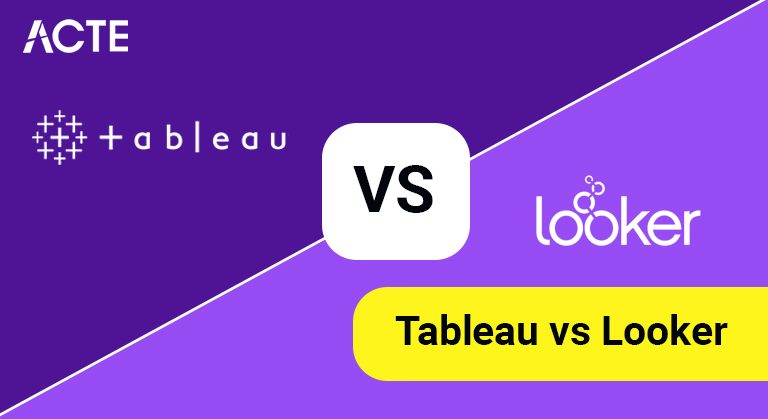
Looker and Tableau are famous tools for big data analysis. However, Looker’s support for big data processing is not as powerful as that of Tableau.
- Introduction to Tableau vs Looker
- Criteria to Consider When Deciding Between Looker and Tableau
- How to Transfer Data to Looker or Tableau?
- How is Looker different from Tableau?
- Optimised for the cloud
- A trusted data model
- Tableau Pricing & looker pricing
- What is Looker good for?
- Pros and cons Tableau vs Looker
- Conclusion
- Viewing data allows the brain to process large amounts of data with just one glance. Through the use of charts and graphs, businesses are able to process information and use it to contribute effectively and quickly to course adjustments and course decisions.
- What you see should be clear, clear and practical. Data is only useful if we are able to communicate information with our teams to show both the big picture and the steps needed to achieve future goals. This is where tools like Locker vs Tableau come in handy.
- There are many data detection tools available, each with different features. The task of choosing which one can be great. In this article, we take a closer look at the differences between the popular Locker and Tableau to compare which viewing tool best meets your marketing needs.
- Retailers like these two platforms because of their ease of use, high levels of customer service, and the good, collaborative look they can produce. The following comparison divides the benefits of both BI solutions.
- Looker – a powerful data analysis platform — can help large and small companies find value in their data sources. This forum helps to make collecting, visualising, and analysing raw data a little easier. Looker is browser-based and offers a unique modelling language. Looker is easy to use. The software makes it easy to select, customise, and create a variety of interactive visuals, providing a variety of graphs and charts to choose from.
- In terms of machine learning algorithms, Locker has no native support for this technology. However, Looker is partnering with Amazon Web Services (AWS) to improve user experience with machine learning. Currently, Looker is integrated with Amazon Sagemaker. The interaction of these tools allows analysts to develop and train machine learning models, meaning Looker is focused on assisting predicTableau analysis.
- If you are looking to turn data into positive and tangible ideas that make an impact, Tableau can be the BI (business intelligence) tool you need. Business users can easily connect to data stored almost anywhere and in almost any format. Interactive dashboards with advanced visual statistics are created with the drag and drop feature. With Tableau you can create charts, maps, graphs, and a few other graphics. Additional viewing features are available which include storytelling and a Tableau Local File Connector that generates geospatial data. Users have the option of installing a Tableau desktop on their computer or leaving it in the cloud on a Tableau server.
- Tableau offers a different way of analysing data. With its Ask Data module, analysts can write questions in common language and find relevant information in their dashboards. The software responds in the form of automatic data detection. This feature eliminates the need to perform additional tasks with data to obtain the required information.
- In addition, the Tableau supports many machine-based features. Analysts can use predicTableau statistics, recommendations, combinations, and additional functions to create accurate predictions and produce better data.
- In addition, Tableau is also integrated with Aible, a cloud-based AI solution. With its help, Tableau created minute predictor models. Another way to use predictive analytics is to integrate Python. As you can see, Tableau offers comprehensive integration capabilities to bring more opportunities to its users.
Introduction to Tableau vs Looker:
Introduction to Tableau:
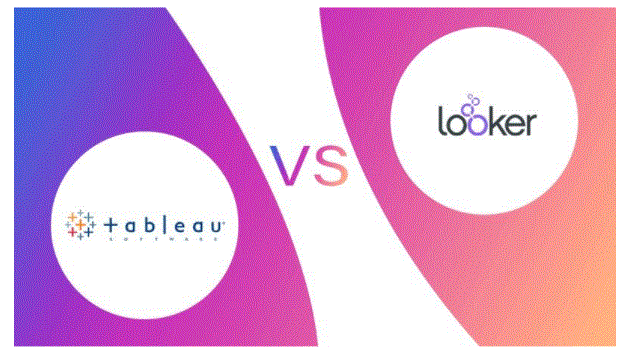
- Your existing infrastructure
- Company size
- Data analysis requirements
- Know which types of graphs, charts, or news boards work best for your team
- To know what kind of access you will need, whether on the site or stored on a cloud platform
- Look at the Looker and Tableau exit and decide which one might best relate to your marketing campaign data.
Criteria to Consider When Deciding Between Looker and Tableau:
When making the final decision between Locker vs Tableau consider the following:
How to Transfer Data to Looker or Tableau?
While these data viewing tools are great for creating charts and graphs that tell your company story, it can still be a difficult challenge to collect your data from various data sources and send it all to your visual display or BI tool (business intelligence). This is where tools like Improvado keep the day. Improvado is a tool that helps marketers automatically connect all data to a single digital marketing dashboard, or to visual or business intelligence tools.
Both Looker and Tableau are compatible with Improvado. This means you can rely on Improvado to automate the process of sending raw data to any Data Viewing tool of your choice, be it a Tableau , Looker, Google Data Studio, PowerBI, or another. Turn your data into a beautiful, easy-to-translate look.
- No desktop software system needed.
- Loker-based browser expertise 100% eliminates the requirement for the installation and maintenance of desktop consumer software systems. The fashionable web-based Looker expertise permits for the sharing of link-based content, creating collaboration less conflict-free.
- All users have consistent forum info. For instance, they will complete tasks while not moving from one desktop tool (such as a Tableau Desktop), to a different (such as a Tableau preparation Builder), then going online to finish bound tasks.
How is Looker different from Tableau?
Tableau customers will do additional with Locker than simply visualise knowledge and make dashboards. they will produce new and recent knowledge for his or her users and integrate knowledge into important workflows.
The reliable knowledge model supports the Locker knowledge platform and systematically defines the most business rules and metrics and granular permissions of users of any organisation. Customers tell North American nations that the versatile, nevertheless powerful Looker foundation, is their key to delivering relevant info to internal and external customers.
Locker customers comparison our answer with the Tableau usually cite the subsequent advantages of the Locker Platform:
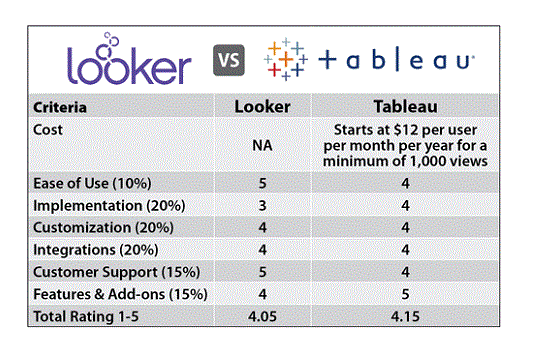
- Looker’s vogue takes advantage of the latest cloud databases’ native quality and performance. Unlike most competitors, Looker doesn’t have faith in stale information extracts or a proprietary in-memory vogue that forces you to predict the queries your users can raise.
- Looker’s in-database vogue eliminates the proliferation of the redundant—and doubtless obsolete—data extracts common in Tableau deployments. You won’t expertise any gratuitous overhead or new points of failure in your information pipeline. And, you may avoid the protection risk of replicating information in another vendor’s data and on your user’s devices.
- Looker’s multi cloud capability makes your information strategy future-proof. you may just modify wherever you decide on to deploy Looker that underlying cloud database(s) you utilise with no downstream impact to your finished users.
Optimised for the cloud:
- Unlike Tableau , Locker Stadium is designed differently to bring a perfect balance between domination and self-help. Users of all levels of technology can interact with — and evaluate — medium, reliable data and analytics content.
- Developed business analysts familiar with SQL can contribute to the data model controlled by the Locker’s git version and define or maintain their business rules for their organisation.
- Small business users of technology can easily access and share selected content that is most relevant to them and the workflow that they support.
- Looker’s business background differs from basic data and is shared across all downstream content. This enables faster changes in the data model and faster distribution of updates from the ground up as business rules change and change over time.
- Locker Forum deals with a variety of usage cases and meets the basic needs of a variety of users. Other competing methods, such as Tableau , often fall short in these categories.
- Looker empowers customers to do more than just basic BI to create a wealth of data information that enhances existing business processes. Information is delivered in context — directly into the applications that users interact with on a daily basis.
- Looker uses deep pre-built or custom integration with our advanced APIs, SDKs, and developer tools. New opportunities for organisations to streamline workflows with data are being created, allowing endless opportunities to modernise systems and processes.
A trusted data model:
API enabled data authentication:
- Looker customises their costs in line with your wants. For the rating contact the corporate directly.
- Tableau apparently won during this class as a result of it working with OLAP cubes, whereas Locker tries to figure nearer to OLAP. For corporations that require the utilisation of OLAP then the selection is evident.
- Looker is making an attempt to switch the traditional operation of OLAP with custom knowledge testing solutions. However, if OLAP can not be substituted for your analysis, Tableau is best suited to you.
- Although you’ll use or build a custom API association to totally different external systems and forums, the general public value more highly to use Improvado as an automatic method to extract and integrate knowledge into their device.
- As for the comparison of Looker vs. Tableau , Locker provides additional integration with the third-party packages and is less complicated to integrate with different solutions compared to Tableau.
Tableau Pricing & looker pricing:
Tableau offers 2 totally different sets of package costs for it. the primary set of costs to get replaced. The second set is package handling on Tableau server.
View rates:
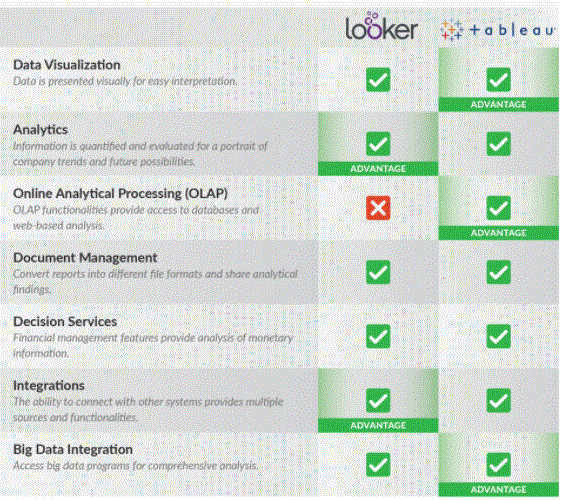
- Although each tool has an identical purpose, they still have some variations. it’s tough to check Locker vs. Tableau as a result of the $64000 edges of those solutions relying mostly on the requirements of your business. because of the simplicity of Looker, the code doesn’t need a desktop version. However, it’s not versatile in an exceeding variety of ways.
- Tableau could be a resolution with extremely advanced options. However, giant knowledge files will take up to some minutes to load, and huge dashboards are often slow occasionally.
- Tableau uses each formal and informal knowledge to see knowledge and has extra storytelling options and a neighbourhood File connector. Looker creates custom visuals and allows you to make a choice from a library packed with blocks with pre-made dashboards and show templates.
- Improvado simplifies promoting knowledge from all of your current knowledge sources to transfer to the info. From there, general and clean data is distributed to the Looker or Tableau . With the assistance of pre-built sales dashboards, analysts get elaborate charts and graphs in seconds. Therefore, they will target analysis rather than exploiting traditional knowledge and knowledge purification.
What is Looker good for?
Looker could be a powerful business intelligence and visual tool that helps firms produce graphic charts and diagrams to perceive their efforts. From a user perspective, the app provides a transparent and simple interface, works within the browser tab, and improves team productivity once it involves the dashboard.
Looker doesn’t show valuation data on their web site. so as to tailor the worth to your desires, you ought to contact the corporate nose to nose. However, outsourced services say the worth of a 10-member cluster starts at $ three,000 / month.
Is the Looker identical because of the Tableau?
- Great customization
- Provides library of bubble charts, word clouds, chord drawings, spider net charts, and temperature maps
- It is terribly correct
- It integrates with massive knowledge platform and web site
- No have to be compelled to extract knowledge, you’ll be able to leave it within the info
- Provides custom coded blocks with custom SQL patterns for your specific desires
- Excellent client support, technical support is obtainable via chat in seconds
- Custom installation choices and their hosted solutions
- Works well on each mack and laptop
- Easy link sharing from one tool that produces sharing with groups easier
- Mobile, Tableau t, and desktop match
- Easy to use
- Lack of flexibility inside the system because of the simplicity of the tool
- Long wait times for big sales dashboards to be loaded
- Without AN external tool, accessing your Looker promoting knowledge may be a manual method – you’ll be able to use spreadsheets or build in-house Apis (most utilising the app)
- Beautiful, interactive pictures that area unit simple to translate
- Additional viewing options embody storyboarding and abstraction File instrumentation (extracting geospatial data)
- Accurate analysis with a point-and-click computer program that has a good image of company designs and future opportunities.
- Fully customizable dashboards
- Easy to introduce
- One sign-in
- It is correct and straightforward to use
- The operate of on-line analytical process provides net access and web-based analysis
- Allows business users to convert reports into completely different file formats and share analytics results
- It includes an outsized variety of information sources
- Mobile, Tableau t, and desktop match
- Access to files victimisation cloud and knowledge repositories
- Variable.
- Sometimes massive knowledge files will take a number of minutes to load
- Graphs area unit generally restricted
- The dashboard may be slow from time to time.
Pros and cons Tableau vs Looker:
Pros for Tableau:
Disadvantages:
Pros for Looker:
Disadvantages:
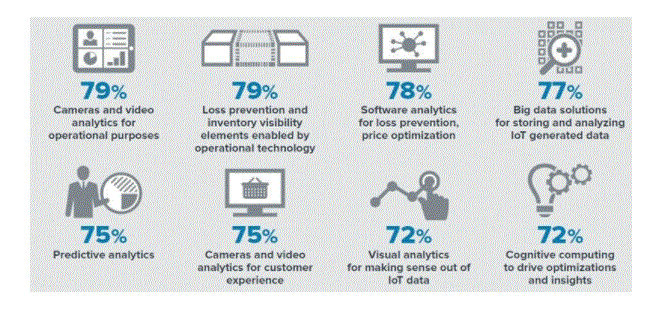
- It’s hard to make a clear call on which platform has the best viewing skills as they both do it very well. Tableau uses both formal and informal data to create visuals and has additional storyboarding features and a Local File Connector. Looker creates custom visuals and lets you choose from a library full of blocks with pre-made dashboard and display templates. Improvado offers many Marketing Dashboard templates available as Locker Blocks.
- Looker is better when it comes to maths. While the Tableau is excellent in terms of numbers, Looker has an advantage because of its platform-specific analysis function, Locker Blocks. The blocks are pre-built but fully customised for user needs.
- As for Tableau , it offers great opportunities for different data manipulation, SQL queries, predictions, etc. It is still a good solution if you plan to work with large data sets, complex data views and integrate third-party tools with your analytics needs.
Conclusion:

